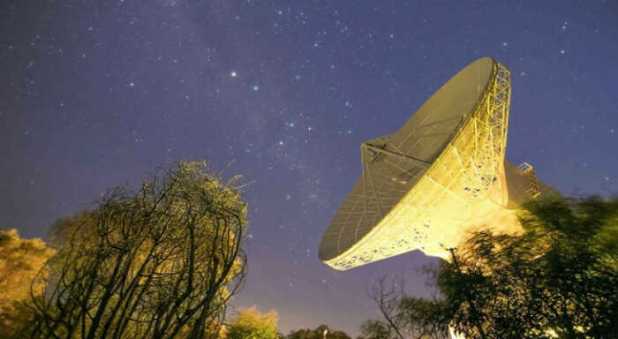
Chennai, Mar 31 : The European Space Agency (ESA) today announced that its antennas will track India’s third moon mission Chandrayaan-3 and Aditya-L1 satellite to be launched during the course of this year. ESA, in a release in its website, said the Indian Space Research Organisation (ISRO) is launching two pioneering scientific spacecraft this year, one to study the Sun, and one to land on the Moon – the nation’s first soft landing on another celestial body. ESA’s global deep-space comm cation antennas will provide essential support to both missions every step of the way, tracking the spacecraft, pinpointing their locations at crucial stages, transmitting commands and receiving ‘telemetry’ and valuable science data. In June 2021, ESA and ISRO signed an agreement to provide technical support to each other, including tracking and comm cation services to upcoming Indian space missions via ESA’s ground stations. The first missions to benefit from this new support agreement will enable India look to the Sun and the Moon with the Aditya-L1 solar observatory and Chandrayaan-3 lunar lander and rover, both due to launch in 2022 from the Satish Dhawan Space Centre in Sriharikota (SDSC SHAR). “Deep space comm cation is an essential part of any space mission,” says Ramesh Chellathurai, ESA Service Manager and ESA Liaison Officer for ISRO. “Ground stations keep spacecraft safely connected to Earth as they venture into the unknowns and risks of space. Without ground station support, it’s impossible to get any data from a spacecraft, to know how it’s doing, to know if it is safe or even to know where it is”, he said. The Aditya-L1 solar observatory is named for the Hindu Sun god, Aditya, and the spacecraft’s future home, L1 – the first Lagrange point of the Earth-Sun system. It will study a number of properties of the Sun, such as the dynamics and origins of coronal mass ejections. Its home at L1 will allow Aditya to orbit the Sun at an almost constant distance from Earth, but without the planet ever eclipsing its view of our star. “The spacecraft will always be in the same direction from Earth as the Sun,” Ramesh said, adding, “so, as Earth rotates, no single ground station will always be in view of Aditya-L1. Using a global station network like ESA’s is the best way to exchange data and commands with this spacecraft as often as possible.” MORE GV 1354

